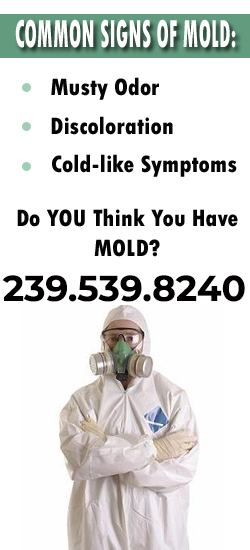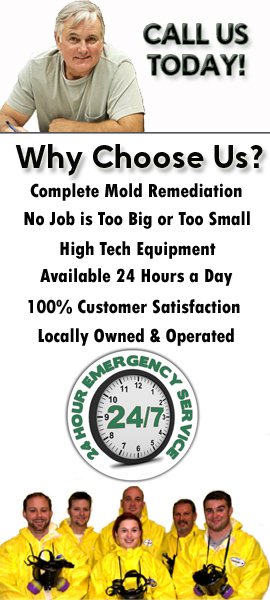Molds, believe it or not, are practically everywhere, waging a microscopic war in our homes. They are crafty little intruders, silently infiltrating our spaces, snugly settling in damp corners and narrow crevices.
As health professionals, we’re here to arm you with the knowledge to fight back. We’ll begin by identifying the pesky culprits, from the benign to the potentially toxic, including the notorious black mold known as Stachybotrys.
We’ll show you how to recognize the tell-tale signs of an infestation and discuss the potential health implications – some of which are far more serious than a simple sneeze. But we won’t stop there. We’ll also equip you with measures to eliminate these unwelcome guests and, more importantly, ways to prevent their return.
Classifying Different Mold Types
Let’s delve into classifying the common types of indoor mold, such as Stachybotrys, Aspergillus, Penicillium, and Cladosporium, while noting their unique characteristics and potential hazards.
Stachybotrys, often called black mold, isn’t only unsightly but also potentially toxic. We often find it lurking in damp, humid areas, posing serious health risks if left unchecked.
Aspergillus, on the other hand, is commonly found in our HVAC systems and on our foods, and it can trigger allergic reactions and respiratory infections.
Penicillium, though useful in antibiotic production, can be hazardous when inhaled, causing sinus infections and lung inflammation.
Lastly, we’ve Cladosporium, a mold that’s not as harmful as the others but can still cause allergic reactions.
Recognizing Mold Infestation Signs
After understanding different types of molds and their potential hazards, it’s equally important to recognize the signs of a mold infestation in our homes or workspaces. Visible signs include a musty odor, damp earthy smells, and visible mold growth on walls, ceilings, or surfaces. Water leaks, moisture issues, and high humidity above 60% also create a perfect environment for mold.
If we notice these signs, it’s crucial to act promptly. Ignoring mold can lead to health issues like asthma attacks, allergies, and respiratory problems. Particularly vulnerable are infants, the elderly, and people with weakened immune systems. Therefore, recognizing mold infestation signs and taking immediate action can save us from potential health risks and costly repairs.
Health Consequences of Mold Exposure
Exposure to mold, particularly over an extended period, can have serious health implications. We’re not just talking about a runny nose or minor allergic reactions. Mold can trigger asthma attacks, worsen existing allergies, and cause various respiratory problems. Over time, it’s even possible to develop chronic sinus infections and serious lung issues due to prolonged mold exposure.
It’s important to remember that certain individuals are more susceptible to these health effects. Infants, the elderly, and those with weakened immune systems are particularly vulnerable. Mold-related illnesses aren’t something we can ignore. We must be proactive in identifying and addressing mold problems, not just to protect our homes but, more importantly, to safeguard our health.
Effective Mold Prevention Techniques
To keep our homes mold-free, it’s essential we embrace several effective prevention strategies. We should maintain our indoor humidity levels below 60% as high humidity promotes mold growth. Proper ventilation in bathrooms, kitchens, and basements is crucial to reduce moisture. We can’t overlook leaks, water damage, or plumbing issues; prompt repairs are necessary to prevent mold.
It’s also wise to use mold inhibitors in paints before application. Regularly cleaning and drying wet areas, like the shower, also helps. We should ensure our home’s foundations are moisture-resistant and that there’s good drainage around the house. If we’re vigilant in these prevention techniques, we’ll significantly reduce the risk of mold infestation in our homes.
Frequently Asked Questions
What Are the Potential Costs Associated With Professional Mold Remediation?
We’re often asked about mold remediation costs. It’s tricky, as prices vary based on the infestation’s size and type. However, we’ve seen professional services range from hundreds to several thousand dollars. It’s worth getting multiple quotes.
How Does Climate or Geographic Location Impact the Likelihood of Mold Growth in Homes?
We believe that climate and geographic location significantly impact mold growth. Warm, humid climates promote mold, as do regions with high rainfall. Homes in these areas need to be particularly vigilant about mold prevention.
Can Mold Infestations Affect the Structural Integrity of a Building?
Yes, we’ve found that mold infestations can indeed affect a building’s structural integrity. Mold can break down and weaken materials like wood and drywall, leading to serious damage if it’s not promptly addressed.
Are There Any Insurance Policies That Cover Mold Damage and Remediation?
We’re not sure about all policies, but some homeowner’s insurance does cover mold damage and remediation. It’s generally case-specific, and often depends on the cause of the mold. We’d advise checking directly with your insurer.
Can Pets Experience Health Issues Due to Exposure to Mold?
Yes, we’ve found that pets can indeed experience health issues due to mold exposure. Their symptoms can mirror our own, including respiratory distress, allergic reactions, and in severe cases, organ damage. It’s important to keep them safe, too.




